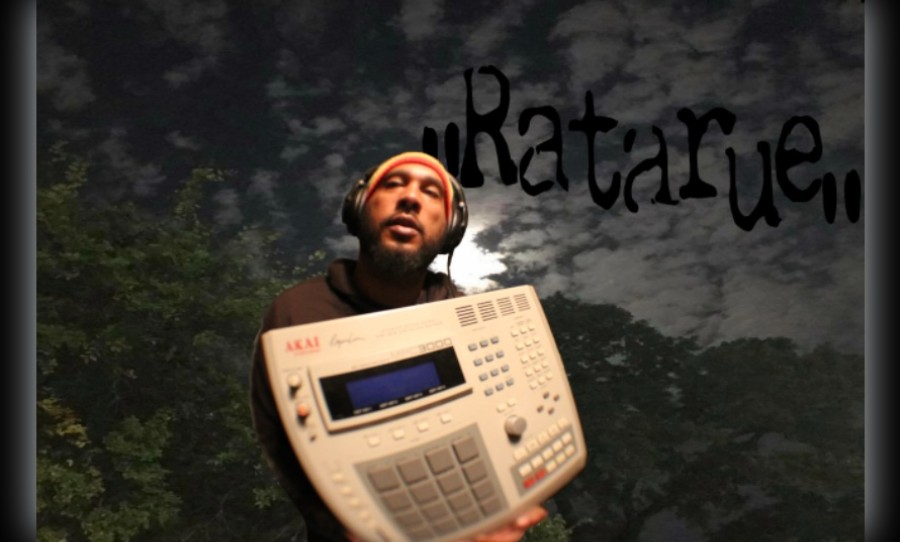Looping is a vital part in the composition of music for video games. Why? Looping saves space. The concerns of real estate are especially paramount in mobile games, where disk space is relatively tiny compared with console games.

The whole of the audio (music, dialogue, sound effects) in a game may be an already small portion of the games total storage footprint. In other words minimising the music via an array of shrinking techniques including creating smooth and interesting loops, is an important consideration for any game music composer or sound designer. Its virtue lies in its inherent limitation: it has to be alluring without being distracting.
Creating audio loops for video games was born out of a need to minimise the amount of disk space that the music occupies. It has, however, matured into a legitimate compositional technique.
Cutting a section of music and looping it isn’t very hard. Making a section of music loop seamlessly can, however, be quite a challenge. If the illusion of an endless and compelling piece of music is to be created, the audible presence of a definite start or end of the loop is undesirable.
Creating seamless audio loops for video games requires both strong technical and musical skills. Musically, there are a few ways to avoid this scenario by manipulating the following:
Pitch – It can be beneficial to start and finish the loop on the same note or chord (or harmonically related note or chord) in order to maintain the uninterrupted flow of music. Having a dissonant pitch change at the looping point will make it all the more obvious the audio has been edited.
Rhythm – This may seem obvious but bears repeating. A stimulating yet repetitive groove is desirable; a dramatic drum fill to end the loop and bring it back to the beginning will be very predictable and tiring for the listener.
Dynamics – Composers have a natural tendency to incorporate dynamic swells in the ends of musical sections as a way or heralding a new piece of structure. It makes total sense. The issue with this technique in a looping context is that a crescendo followed by a sudden quiet passage is cumbersome, and with a loop, there is no new musical information to be presented anyway. If the music sounds better with some dynamic variation, it’s better to place it in the middle of the loop.
There are some technical pitfalls in the editing of loops to be aware of. These hazards and the techniques to avoid them have been thoroughly canvassed in many tutorials, but the above video, shows a great step-by-step guide to circumventing several possible issues, including crossfades and reverb tails.
Creating loops for video game music was born out of need to minimise the amount of disk space that the music occupied. It has, however, matured into a legitimate compositional technique.
It’s a fascinating process to compose with this strict adherence to economy, and with some minor adjustments, this principle can be healthily applied to other forms of composition and songwriting.
While this was not a ‘how to make music for video games’ article, we hope it shed some light on the process, techniques and that unique wheelhouse of skills required to get started in that field of music production.


